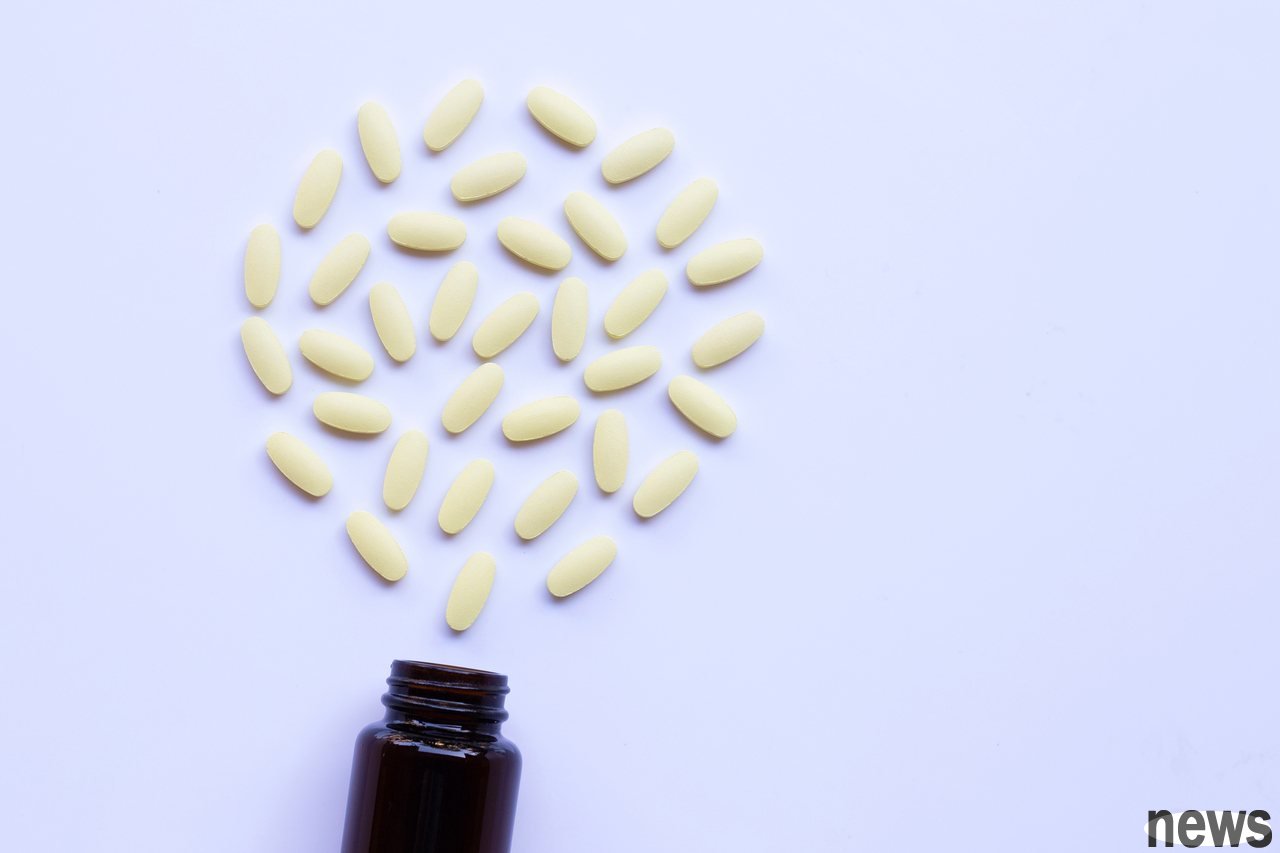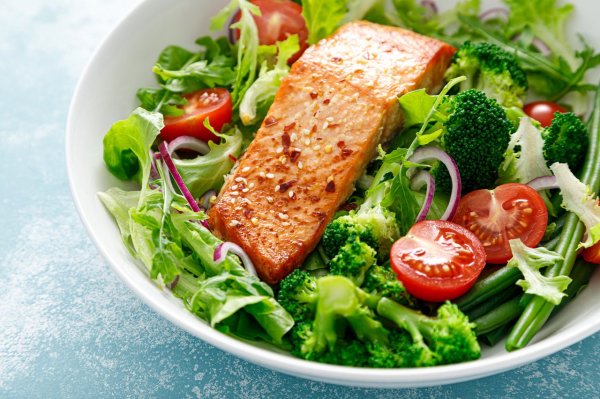To pursue "muscle-building" and tonic, research has revealed that excessive vitamin D may cause acute kidney failure

I posted on 2023-5-23 that health products will kill you? The content inside is mainly some information provided by reader Elliot about the harm of health products to Jingkang. He provided this information again on 2023-7-15:
The phenomenon of taking high doses of vitamin D in the fitness circle is indeed common, in the BBC (BROscience BROcasting Corporation) circle that advocates testosterone #ManosphereVitamin D Abuse in Pursuit of “Gains” Resulting in Acute Kidney Injury doi.org/10.1093/milmed/usad237
Elliot's link is a essay published on July 4, 2023. Vitamin D Abuse in Pursuit of “ Gains” Resulting in Acute Kidney Injury (using vitamin D in order to pursue "muscle-building" causes acute kidney injury). I compiled and translated its focus as follows:
IntroductionWith the popularity of non-prescription large dose supplements, vitamin toxicity is becoming more and more common. The number of reports of vitamin D poisoning has increased significantly since 2010, with nearly 75% of related reports occurring in the past 10 years. The U.S. Medical Research Institute decided that for most non-nutrient-deficient people, regular daily intakes exceeding 4,000 IU will increase the risk of injury, while higher levels (over 10,000 IU per day) will increase the risk of injury and organizational injuries. Excessive vitamin D levels can cause symptoms related to hypercalcemia: mental disorders, polyuria, thirst, diet, distraction, vomiting, kidney stones, bone minerals, and bone pain. Cases of acute kidney failure that occur after high doses of vitamin D have been reported previously (see the attached note). Here, we describe cases of acute kidney failure caused by a large dose of exogenous supplementation in an active soldier for muscle gain.
Please note: Vitamin D intoxication presenting as acute kidney failure published in 2008
Case reportA 23-year-old male active soldier was diagnosed at a civilian independent emergency care clinic for two weeks due to disgust, vomiting and pain. Later, after the increase in creatinine was found to rise to 3.5 mg/100 ml, the contraction pressure was transferred to the inpatient medical institution after about 180. The main symptom of the patient is pain in the lower ash, which requires drug of pulp to control. During the patient's common-regulated function check in the morning, it was noted that his calcification level appeared to be rising, especially during the trial period of the restriction fluid. Further examination of his moderate hypercalcemia showed that PTH levels were normal, but serum vitamin D 25-radical levels were too high, high enough to be quantified in the laboratory (> 200ng/mL). After further inquiry, the patient revealed that he had taken at least 10,000 IU of vitamin D per day for the past 6 months. His image of vitamin D is derived from a conversation with an acquaintance at the gym who suggested that vitamin D may increase his natural testosterone levels. During the liquid-limiting trial, his calcification level reached a peak of 13.7mg/dL. After allowing the patient to freely enter the fluid to control the calcification level, he was considered stable and discharged from the hospital, and continued to monitor his kidney function and calcification level.
DiscussionA 2020 cervical analysis may also prove more conclusively that supplementing vitamin D does not increase total testosterone or deviate testosterone levels, and that this correlation is largely due to differences in confounding factors and testosterone measurements. However, the narrative of the benefits of supplements continues to exist in the public media. ……This connection with supplement and fitness, coupled with the misguided speech of the public health media, allows active soldiers to face dangerous self-replenishment risks.
ConclusionThis case shows the potential harm that uncertified health statements and the use of seemingly harmless substances. Educating patients about the virtual pseudo-association between vitamin D and testosterone levels is challenging, partly due to distortions in popular media. Additionally, Vitamin D is visible at the counter, and this connection may be attractive to men who want to increase muscle mass or energy/sexuality. In addition, the dose of vitamin D (micrograms on the bottle and IU/d in the medical guide) and unknown non-preventive execution standards further lead to people’s confusion about what is “correct dose”. This case emphasizes the importance of nutrition, supplementation, and how to best access to certified resources for patients and medical care providers.















